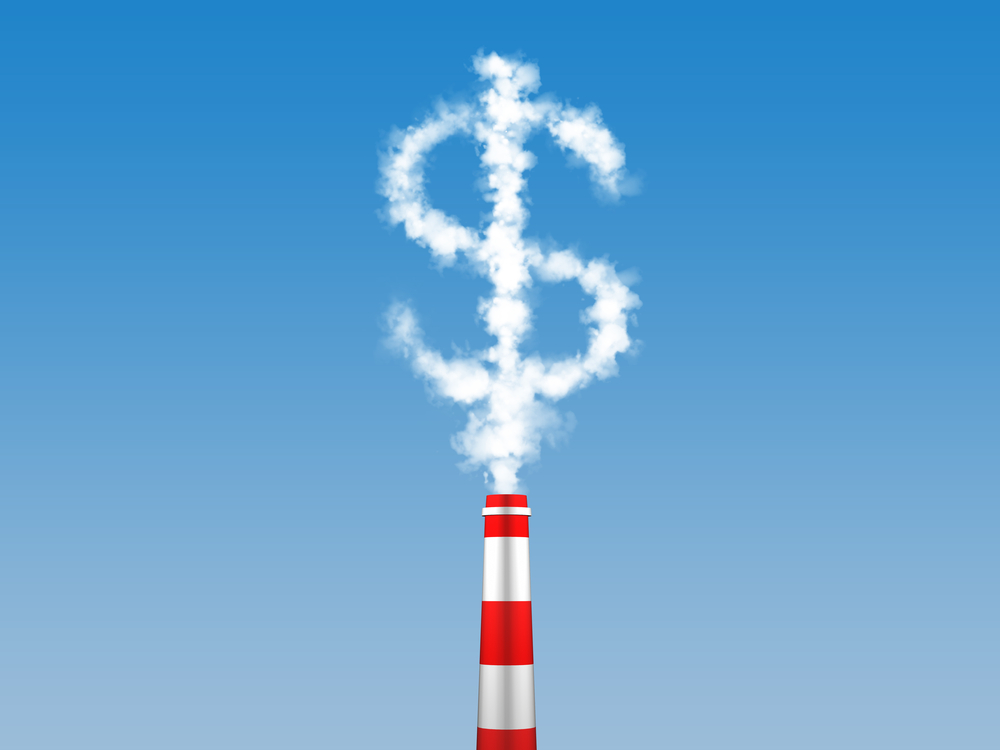A recent (subscriber-only) report from HSBC Global Research helps shed some light on what’s at stake in the fight over climate policy. Short answer: a hell of a lot, especially if you’re invested in fossil fuels.
The International Energy Agency says that, to have a 50 percent chance of limiting global average temperature rise to 2 degrees Celsius, we can only afford to burn about a third of known fossil-fuel reserves between now and 2050. That means leaving around $20 trillion worth of assets in the ground. That is global warming’s “terrifying new math.”
The analysts at HSBC tried to figure out what would happen to the value of European oil and gas companies if governments put in place policies to achieve this goal. Not surprisingly, the effects would be dire.
First HSBC assumes that, with policies to hit 2 degrees in place, any projects at a cost of more than $50/barrel for oil or $9/mmBtu for natural gas would be abandoned. That would whack fully 25 percent off the reserves of an oil-focused company like BP, though gas-focused companies like the BG Group would take a smaller hit (just 1 percent). State-owned giant Statoil would see its market cap fall by 17 percent.
But the secondary effects would be even worse. If demand for fossil fuels were cut by two-thirds, prices would plunge. That, HSBC estimates, would take 40 to 60 percent off the oil and gas sector’s total market capitalization.
Again: Serious climate policy could reduce the value of large fossil fuel companies by half.
Now, it’s unlikely that the governments of the world are going to get that serious any time soon. But it’s even more unlikely that they’re going to sit on their hands as catastrophe unfolds. There’s going to be some kind of climate policy and that will mean some hit to the valuation of fossil fuel companies.
This is known as “carbon risk” and it’s not priced into markets adequately, or at all. It varies with carbon content, which is to say, unconventional fuels (“heavy oil,” tar sands, etc.) are at greatest risk, followed by coal, then oil, then natural gas. But in a low-carbon world, even gas would take a hit, growing less than half as fast as it has in the past decade.
Different regions would be hit to different degrees. Here are the ones most at risk:
- The Middle East
- Latin America (predominantly Venezuelan heavy oil)
- Canada (predominantly tar sands)
- Africa (predominantly Nigeria and Angola)
Sooner or later, investors are going to get nervous about carbon risk, whether or not they are particularly concerned about climate change. Banks and financiers will get nervous about it. The stock market will get nervous about it.
Then things will get interesting.



